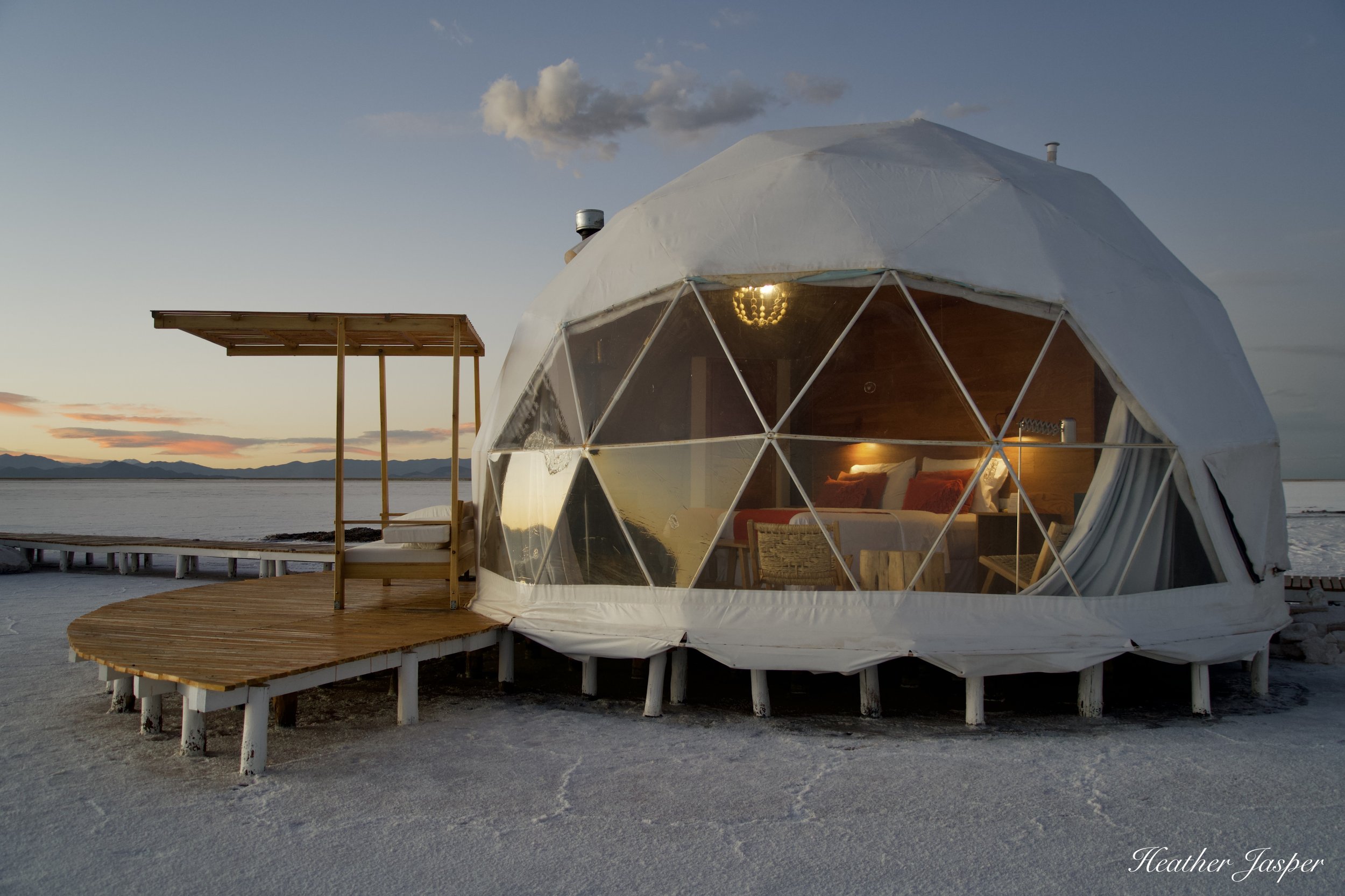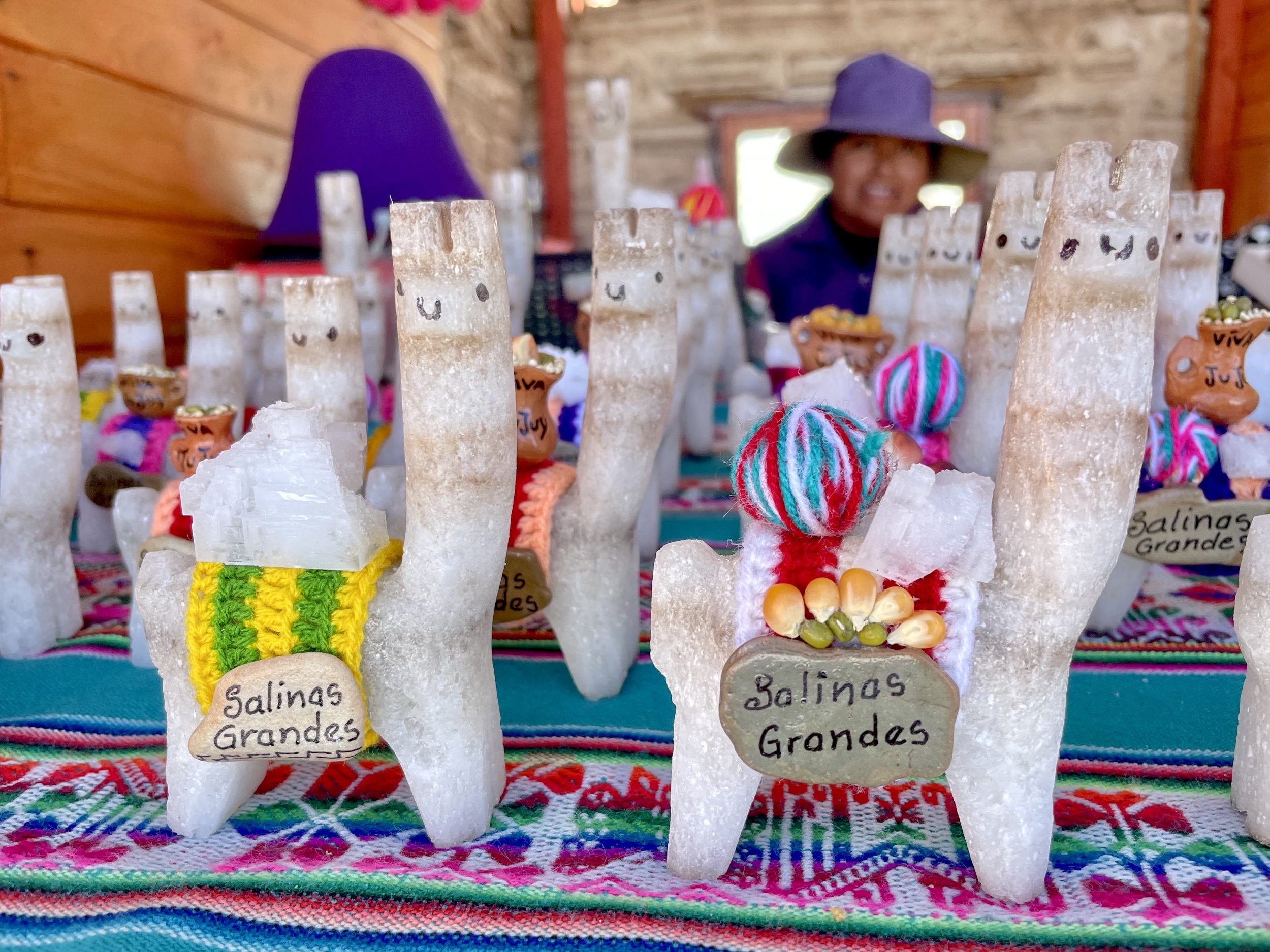Travel Tip 73
How to tell if a destination is sustainable?
Every detail counts when evaluating how sustainable a destination is - even the dye used in hotel blankets.
Here’s my top 5 tips for how to pick a destination based on sustainability.
You do your best at home to be sustainable, right? Maybe you separate recyclables from compostable trash. You take public transportation, have an electric vehicle or bike everywhere. You can buy local and take your own bags to the store. So, how do you make your vacation as sustainable as your home life? Here’s my top tips for planning a sustainable trip.
Side note: We’ve been talking about sustainability for decades now, and the travel industry is finally starting to move beyond sustainable to regenerative travel. If you haven’t heard of regenerative travel, read my article in Frommer’s.
Singapore was rated #7 on the GDS Index for 2024, but what you do there still matters. (I don’t think that plastic cup in my hand was compostable).
1. Is the destination on a global sustainability list?
One of the best lists to check is the Global Destination Sustainability Index. GDS rates destinations based on local management, local businesses, social progress and environmental performance. Basically, they look to see if local tourism boards and local government are working towards sustainability, if hotels, restaurants and other tourism businesses are committed to sustainability, if the destination is safe, promotes health and wellness, and other social factors, and finally if the destination overall is working towards environmental protection and conservation.
However, destinations that don’t rank highly can still be sustainable. The next four questions will help you do your own evaluation.
2. How do you get there?
You won’t find this answer on any global lists because it depends entirely on where you live. Airplanes are some of the worst polluters, so consider where you can travel without a plane, or with minimal air travel. Can you take public transportation to get there? Is there a train or bus from your city to the destination? If you have to drive or fly, how can you minimize your carbon emissions?
Domes are some of the lowest impact hotel options, like this Pristine Camps dome I stayed in.
3. Where will you stay?
Even destinations that don’t rate highly on global sustainability indexes have sustainable or regenerative places to stay. Nowhere in South America made it on the GDS top 40 sustainable cities, but there are lots of companies that I rank highly for sustainable and regenerative travel. For example, companies like Explora own large conservation areas, where they plant and protect native flora and fauna. Rainforest Expeditions works with Indigenous communities to ensure they profit economically from tourism on their lands. Pristine Camps trains and hires employees from local communities, as well as invests in community development. None of these appear on the GDS index above because Explora was founded in Chile, Rainforest Expeditions in Peru, and Pristine Camps in Argentina.
Peruvian chef Virgilio Martinez is famous for his use of local ingredients that are in season.
4. What will you eat?
The best restaurants in the world now work mostly or entirely with local ingredients, like Central in Lima and Table in Paris. However, you don’t have to go to fancy restaurants to find sustainable meals. The best way is also usually the cheapest: farmers’ markets. Before you travel, check if your destination has a weekly or even daily farmers’ market. When you get there, ask vendors at markets and servers in restaurants what foods come from nearby and what’s in season. This is very tricky if you’re visiting an island where most of the food is imported or if you’re traveling to a destination during winter when it’s hard to get local fruits and vegetables. Sometimes, you have to give yourself credit for trying, even if you end up eating food that’s shipped in from far away or is highly processed.
Simply going for a walk, in a city or the mountains, is one of the most sustainable activities you can do.
5. What will you do?
So, you’ve picked a destination, booked a hotel and looked into farmers’ markets. Now what will you do when you get there? First, start back at the top of this list of questions. If you’re looking for a tour agency to book your activities, find one with certifications like B-corp, which evaluates how well a company benefits people, communities and the planet. Consider what transportation you’ll take for the activity. Can you do everything by foot, or do you need some form of transportation? What will you eat during the day?
Souvenirs can be sustainable too
I loved these handmade salt llamas, which were the perfect souvenir from salt flats where people still herd llamas.
Of course, the activity itself matters too. If you’re visiting the great outdoors, check to see if you’re going to a private nature reserve, a national park or some other kind of protected area. None of those designations is necessarily better than the others, but it’s helpful to know who owns the land you’ll be visiting and how they’re managing it. If you’re going to see animals, read my newsletter about ethical animal tourism before you book anything. If you’ll be visiting rural areas or Indigenous communities, ready my newsletter about how to spot exploitative tourism. Don’t just book something because it ranks highly on TripAdvisor or other crowd-sourced lists. Take a critical look at it and consider if it matches your values.
One more thing to consider is how much waste your trip will produce. Read my newsletter about how to minimize waste when you travel before you start packing.
Blog
Last week I had a wonderful time at Explora Valle Sagrado, a luxury hotel in the Sacred Valley. There’s a lot I loved about Explora so click on the link above to read why you should consider Explora for your trip to Peru and also if you’re planning to visit Chile & Argentina.
Video
Sustainability is the new Luxury
This week I had the pleasure of being interviewed by Tres60.Travel about how luxury hotels and luxury travel companies are focusing on sustainability. It’s in Spanish, but the gist of what I said is that any luxury company now has to show that it’s being sustainable and for travel companies that often goes beyond sustainable to being regenerative.









